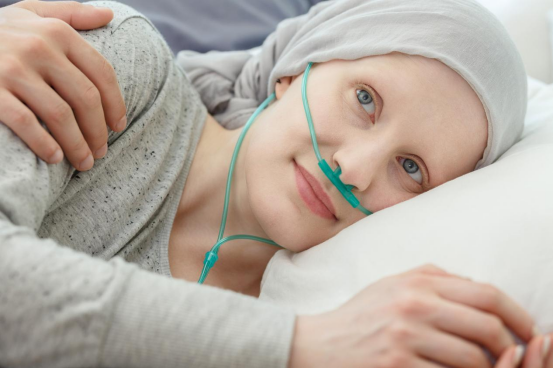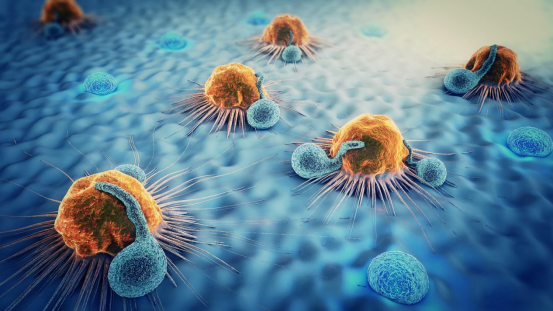科学文献
A cancer diagnosis has a profound impact on a person's life and may also trigger deep concerns about other health issues. During the treatment process, in addition to the deep fear of cancer recurrence, which becomes the most tangled problem for patients, patients often face an important question: What is the risk of contracting other cancers? This question occupies a pivotal position in the patient's psychological level and needs to be answered professionally and accurately.

First, why does cancer recur?
Cancer recurrence refers to the phenomenon that after a period of treatment remission, the cancer cells that were previously under control show signs of growth again or spread to other parts of the body. Although the initial treatment may have achieved significant results, a small number of cancer cells may enter a dormant state and become active again in the subsequent stage, thus triggering the recurrence of cancer.
Likelihood of cancer coming back
The risk of cancer recurrence varies significantly depending on the specific type and subtype of cancer. Thanks to the latest screening methods and carefully designed maintenance treatment plans, the probability of recurrence of many cancers has been significantly reduced. Taking colon cancer as an example, from 2004 to 2019, its risk of recurrence has dropped significantly by 31% to 68%. It is worth noting that for most cancers, the risk of recurrence is relatively high in the first three years after effective remission, but over time, this risk will gradually decrease after three years.

A second, unrelated cancer
According to research data, individuals with cancer may face a higher risk of developing another unrelated cancer compared to the general population. Taking breast cancer as an example, some patients are diagnosed with different types of cancer, such as malignant melanoma, shortly after undergoing breast cancer treatment. Related studies have shown that adult cancer patients have a significantly increased risk of developing a second primary cancer, which is 6-36% higher than the general population. This finding reminds us that during cancer treatment and recovery, we need to pay more attention to the patient's overall health status to prevent and control possible secondary cancer risks.
Potential risk factors
Different types of cancer share common risk factors in terms of lifestyle, environmental factors, and genetic background. In addition, cancer treatment and radiation therapy, as well as frequent imaging examinations, may have a certain negative impact on the body, thereby increasing potential risks. However, compared with these potential risks, the benefits of routine follow-up imaging examinations are more significant and the risks are relatively low.

How can I reduce my risk of developing a second cancer?
Regular follow-up examinations and maintaining a healthy lifestyle are important ways to effectively reduce the overall risk of cancer. Active health management measures such as quitting smoking, actively participating in physical exercise, maintaining a nutritionally balanced diet, maintaining an appropriate weight range, and limiting alcohol intake can not only help reduce the possibility of cancer recurrence, but also significantly reduce the risk of a second cancer.